After passing through such scenic spots as Hua Yuan Hsin Cheng (flower garden city), Yen Tzu Hu (swallow lake), Chung Chih Kung Yuan (loyal administration park), and Hong Ho Ku (red river valley), the road running south from Taipei along the Hsintien Chi (stream) reaches Wulai, an aboriginal village located close to the southern extremity of Taipei County.
A legend has it that before Wulai was reached by road, a group of aborigines of the Taya tribe lost their way while hunting in the area. Suddenly, one of them noticed steam rising from the riverbank, and called out excitedly "Wu-lai-chi-lu," meaning hot spring. Since then, the place has been known by this name in its abbreviated form of "Wulai."
When the Japanese occupied Taiwan, they set up an office in the village to administer tribal affairs and exploit the Chinese cypress forests nearby. The aborigines started to exchange game with the plainsmen for tools and clothes.
After Taiwan was returned to the Republic of China, the government inaugurated an administrative office, a public health center, and a police station to provide public affairs, health and security services in the area. The aborigines started to fell timber, opened up new roads and were provided with educational services.
By this time, Wulai's beautiful scenery, imposing waterfall, aboriginal dances and songs, and hot springs had become well-known. In 1964, Wulai was officially designated by the government to be opened up as a scenic district, and the tourism business started to develop. Performance of aboriginal songs and dances, shops vending aboriginal products and souvenirs, restaurants and recreation facilities are among the attractions offered by the newly established industry.
Sulfur springs with temperatures around 80℃ provide hot medical baths for tourists. In addition, there are two forms of transportation, tai che (scenic railway) and cablecar, which are particularly associated with Wulai. The tai che vehicles were originally pushed up the hill by workers to bring back timber from the mountains. Since the carts were motorized, the railway has provided a pleasure ride for tourists. The 91-seat cablecar connects the two sides of the valley.
Highlight of the forest park is Yun Hsien (cloud fairy) Dream Land, covering an area of five hectares. Recreation facilities, including roller coaster, archery range, adventure land, swimming pool, skating rink and aquarium as well as a children's playground offer varied entertainment for tourists. In the forest, rustic pavilions, stone benches and tables, and elegant villas enhance the natural retreat. Wulai specialties, such as trout, wild boar, deer and pheasant are offered in most of the restaurants.
The aborigines have formed a company to run an exhibition hall for cultural items and an aboriginal dance performance center. The hall has on display artifacts used by aborigines in the past, including wooden tables and chairs, mortars and pestles, looms, bows and arrows, bamboo rafts, and wooden oars. In the dance center, young aboriginal girls don traditional dress to present songs and dances to entertain the tourists.
More than 20,000 tourists a month visit Wulai, providing an annual income of US$130,000 for the residents. Ninety percent of the 3,100 inhabitants in the area depend on tourism for a living.
The five small towns in Wulai district are Wulai, Chungchih, Hsinhsien, Fushan and Hsiaoyi. Wulai town, with some 1,600 inhabitants, is the largest. In Hsinhsien town, about two thirds of the inhabitants, who mainly make a living by cultivating hsiang ku (fragrant mushroom) and felling trees, are plainsmen.
Fushan town, with 65 households and 364 inhabitants, including 10 plainsmen, is the most isolated. Modern equipment, including television sets, refrigerators, washing machines and stereo sets are installed in most people's homes in the area. Spearing fish and shooting wild boar are the aborigines' favorite pastimes. At Fushan, there is a primary school with 45 students and 10 teachers and staff, three grocery stores, a post office, a Protestant church and a Catholic church. After graduating from the primary school, children continue their studies in the Wulai Middle School.
Embraced by mountains, waters and primeval forest, Wulai is an ideal place to escape from the hustle and bustle of city life.
[Picture Caption]
The imposing waterfall (1), and the 91-seat cablecar (2) which connects the two sides of the valley in Wulai. In earlier days, the cablecar could only accommodate 36 passengers (3).
1. Waterfall in Wawa Ku (Doll Valley) located on the way from Wulai to Fushan town. 2. During holidays, Wulai is popular with young people.
3. Motorized tai che (scenic railway) provides pleasure trips for tourists. 4. The tai che vehicles were originally pushed up the hill by workers to bring back timber from the mountains.
Decorative pond (1) and swimming pool (2) in the forest park, Yun Hsien (cloud fairy) Dream Land. 3. Shops vending aboriginal products and souvenirs in Wulai.
1. The exhibition hall has on display artifacts used by aborigines in the past, including wooden mortars and pestles, and traditional carvings. 2. The wooden tables and chairs in the ancient conference room for tribesmen. 3. In the dance center, aborigines of the Taya tribe present their traditional wedding ceremony.
Spearing fish is a favorite pastime of the aborigines.

and the 91-seat cablecar (2)
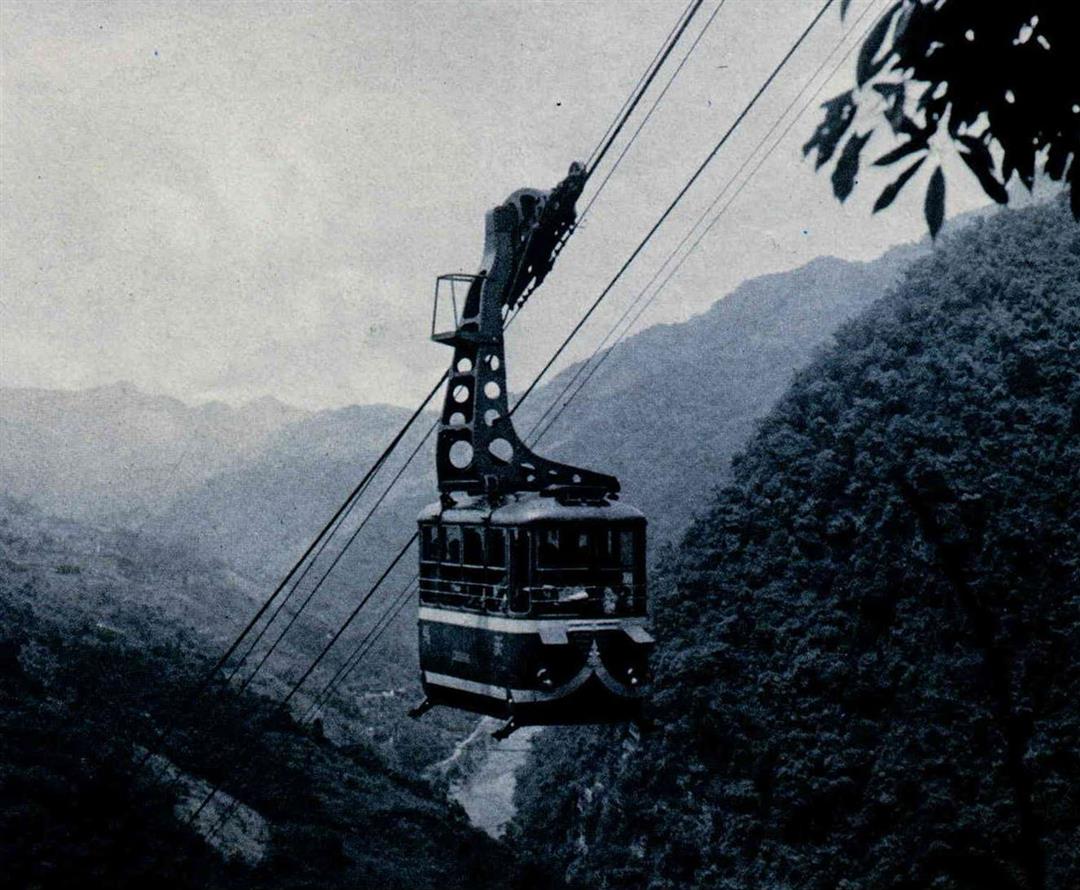
which connects the two sides of the valley in Wulai. In earlier days, the cablecar could only accommodate 36 passengers (3)

Waterfall in Wawa Ku (Doll Valley) located on the way from Wulai to Fushan town.
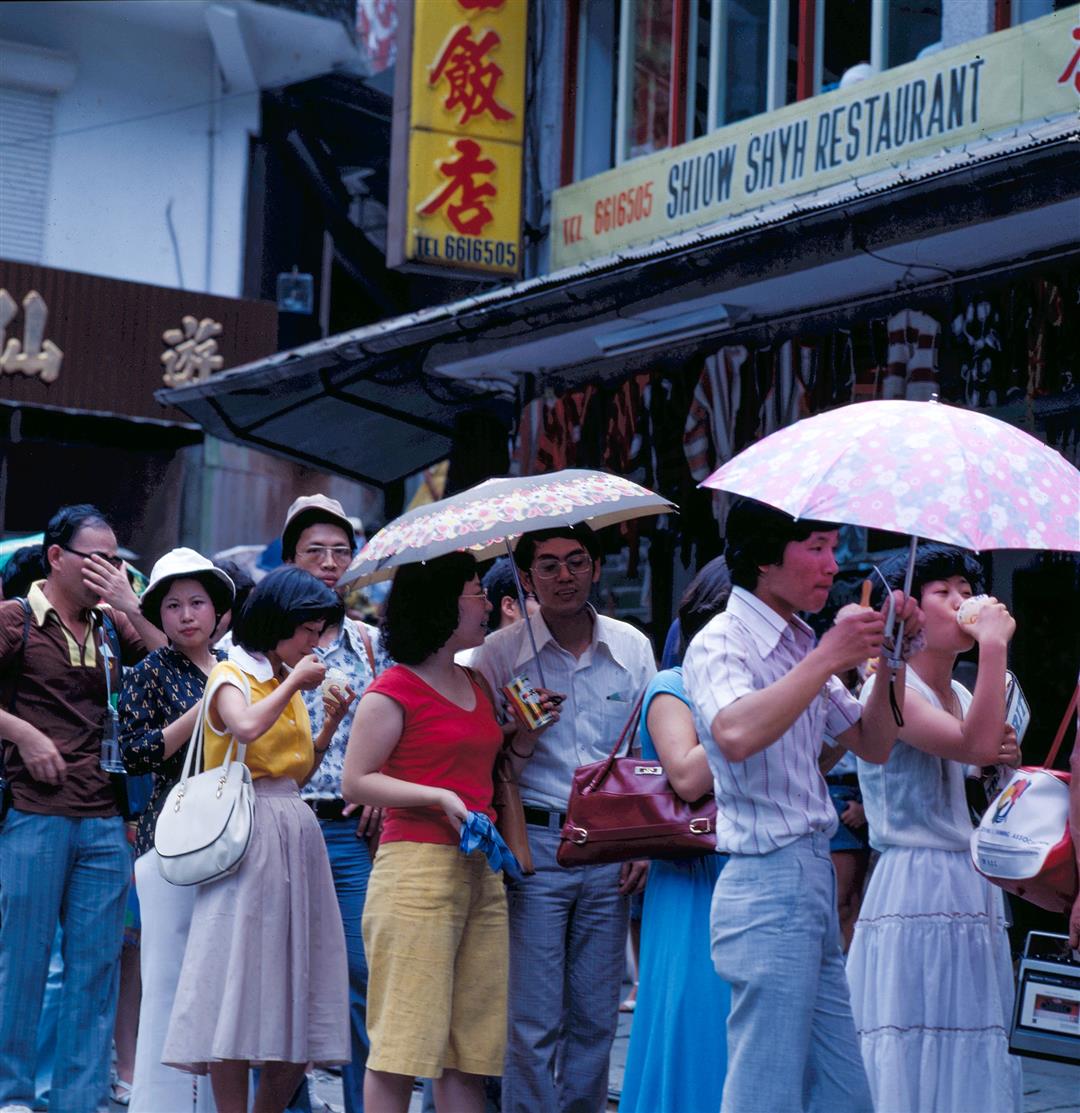
During holidays, Wulai is popular with young people.
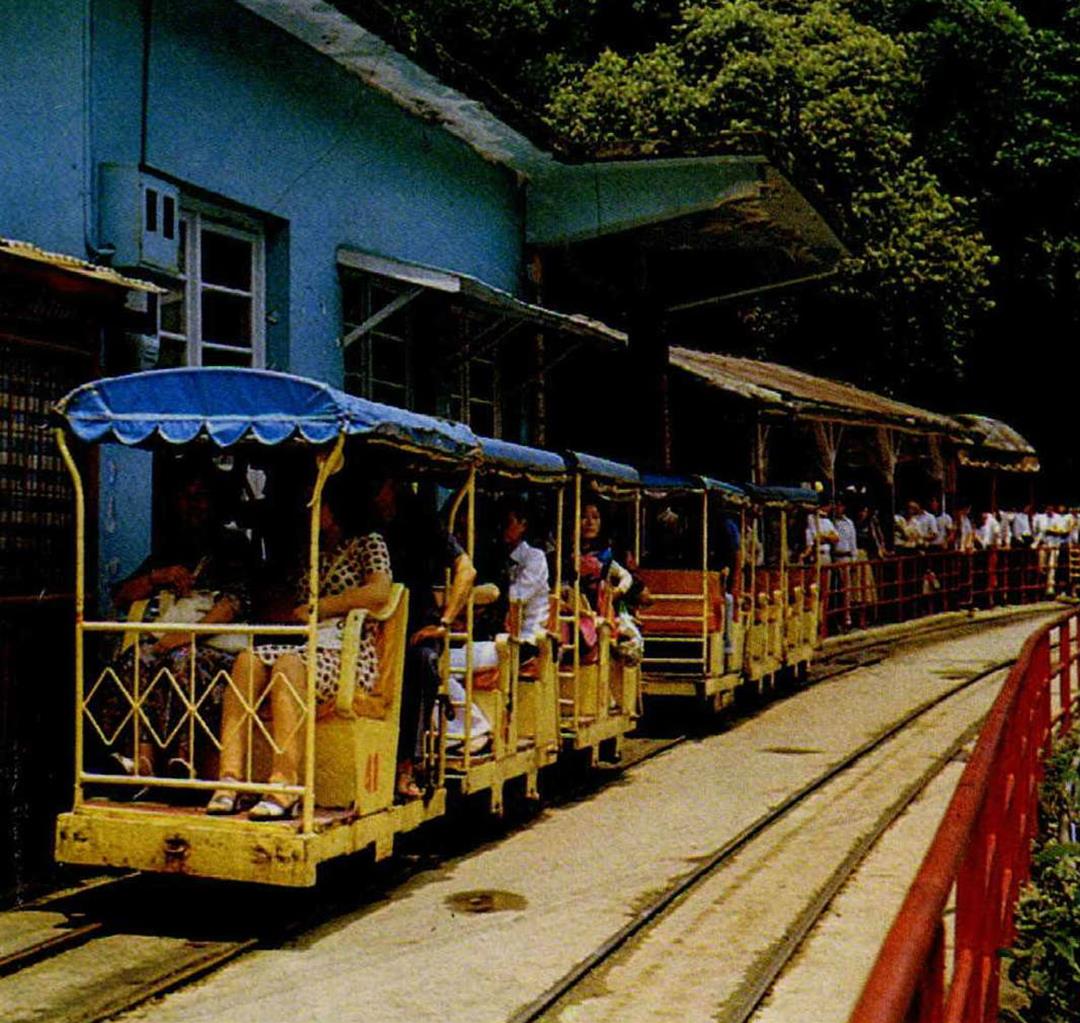
Motorized tai che (scenic railway) provides pleasure trips for tourists.

The tai che vehicles were originally pushed up the hill by workers to bring back timber from the mountains.
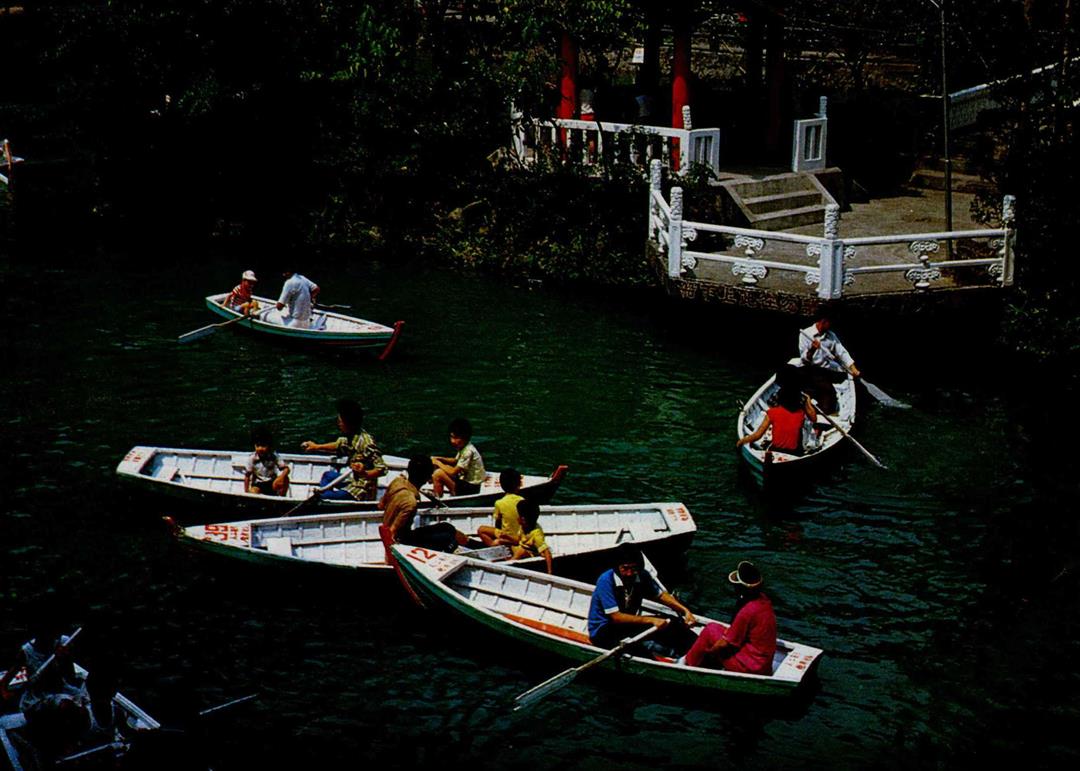
Decorative pond (1) and swimming pool (2) in the forest park, Yun Hsien (cloud fairy) Dream Land.
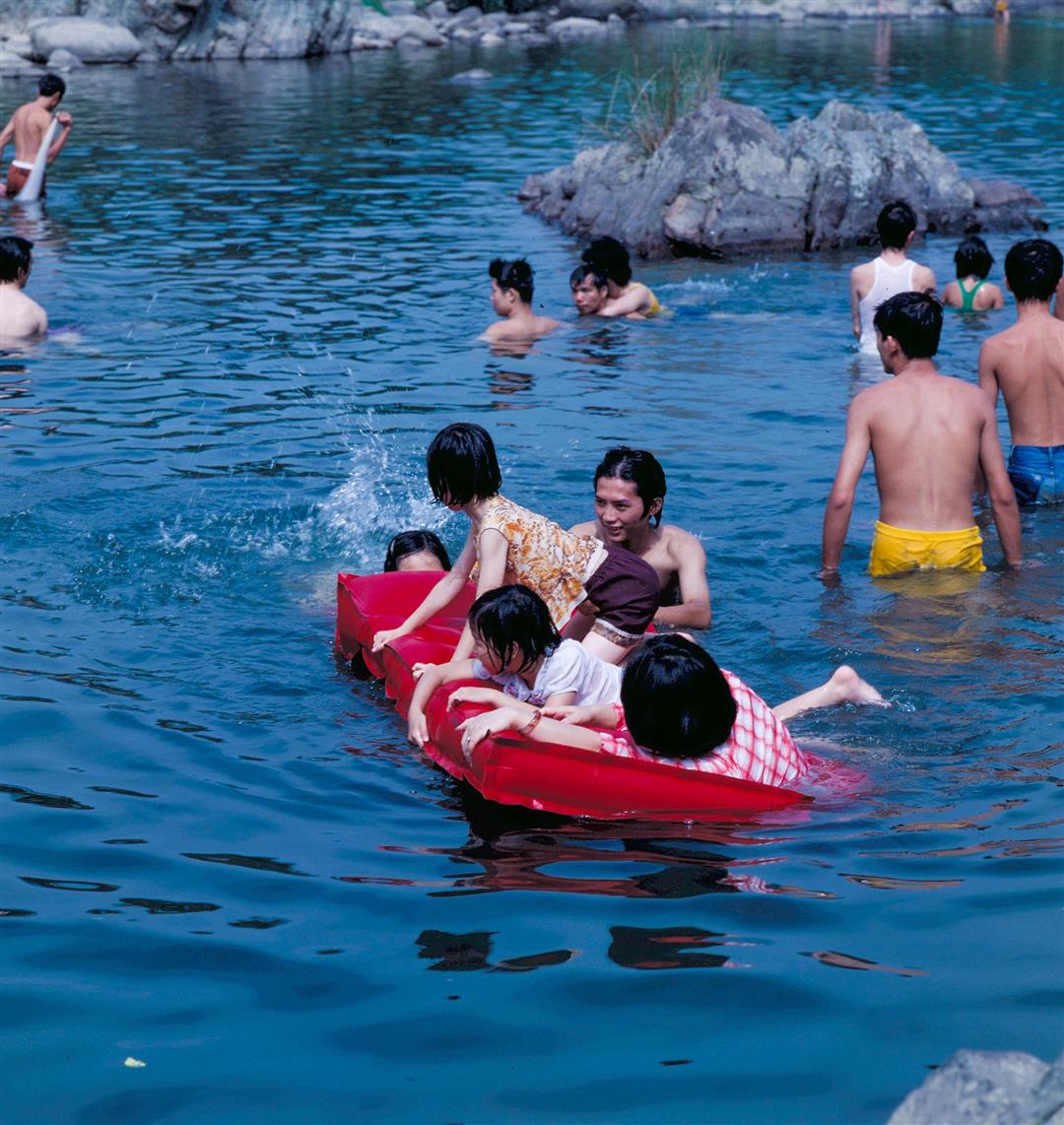
Decorative pond (1) and swimming pool (2) in the forest park, Yun Hsien (cloud fairy) Dream Land.
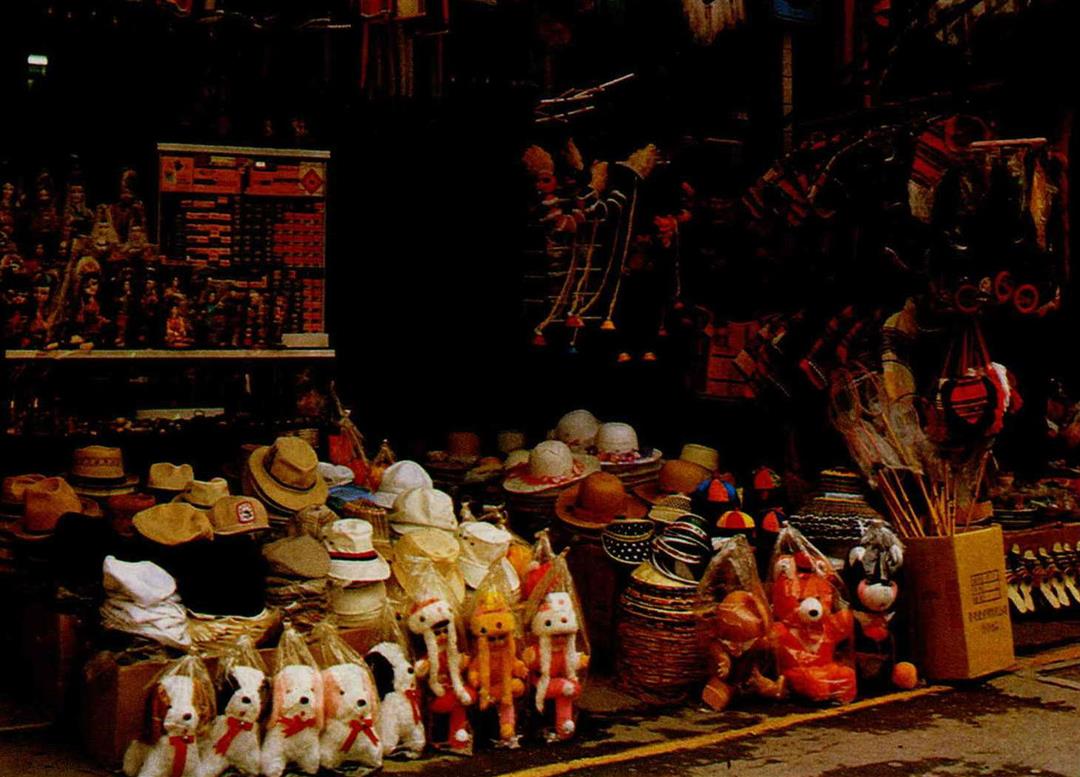
Shops vending aboriginal products and souvenirs in Wulai.

in the forest park, Yun Hsien (cloud fairy) Dream Land.
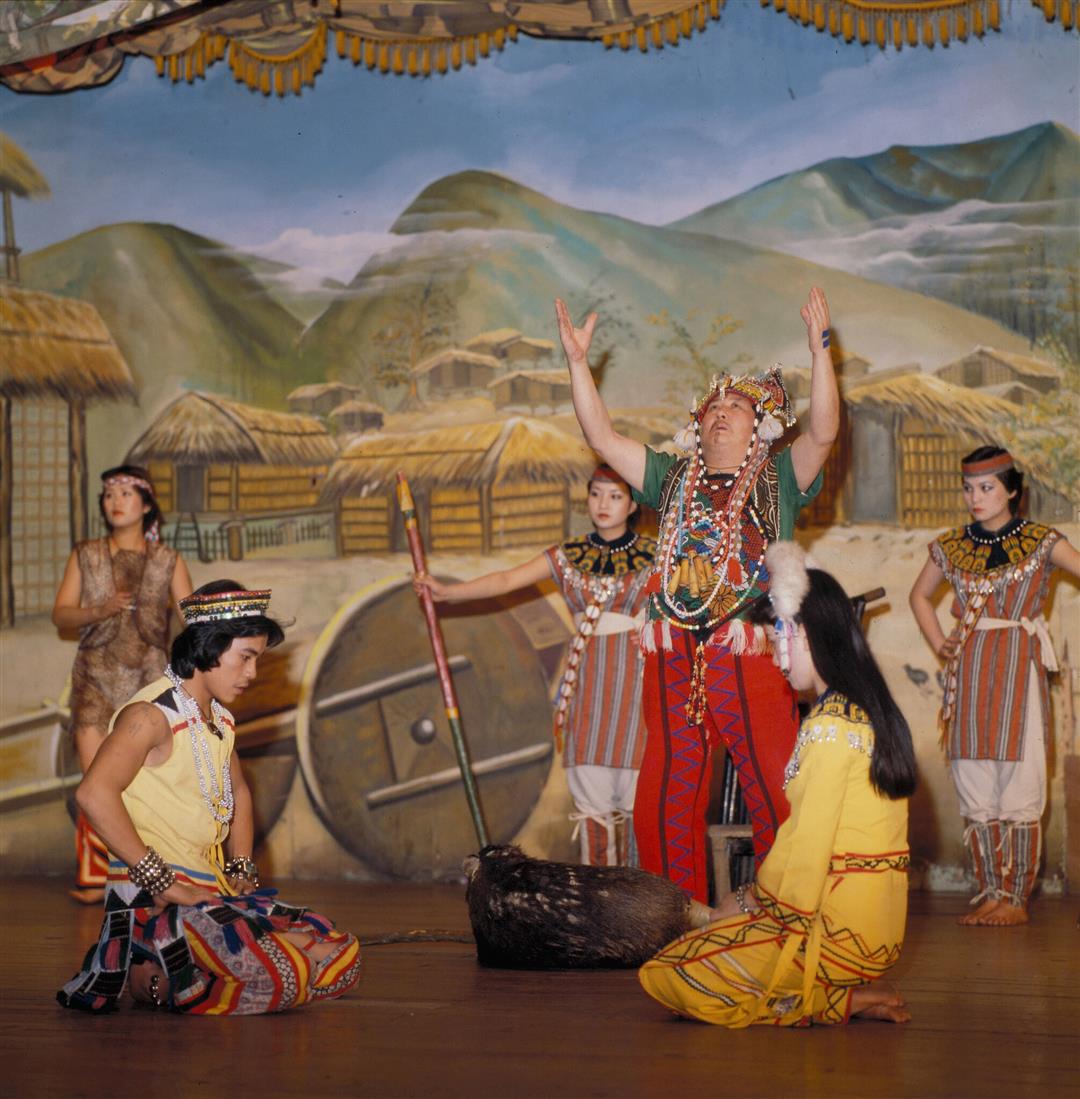
Shops vending aboriginal products and souvenirs in Wulai.

The exhibition hall has on display artifacts used by aborigines in the past, including wooden mortars and pestles, and traditional carvings.

The wooden tables and chairs in the ancient conference room for tribesmen.
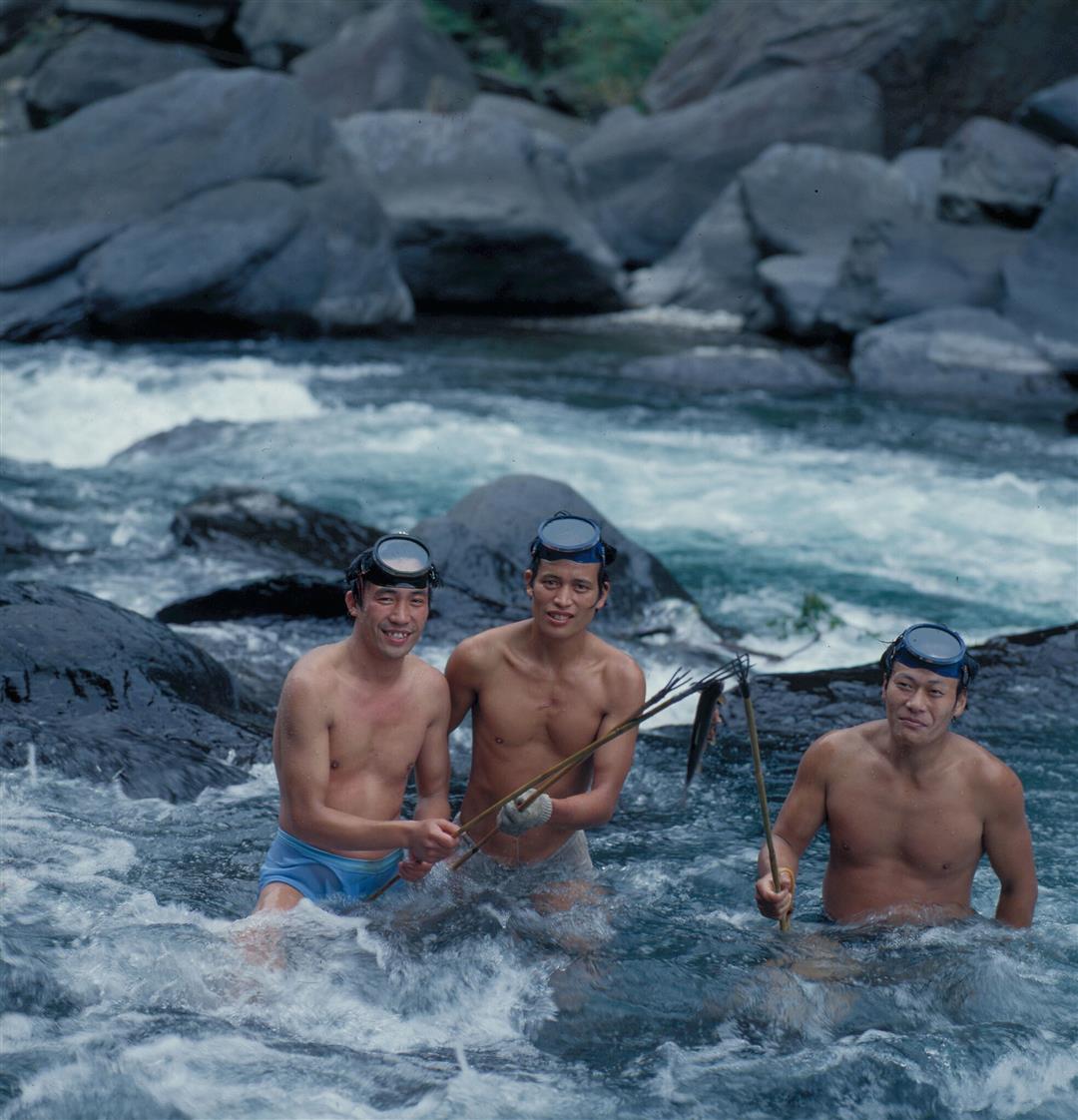
In the dance center, aborigines of the Taya tribe present their traditional wedding ceremony.